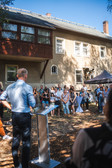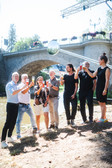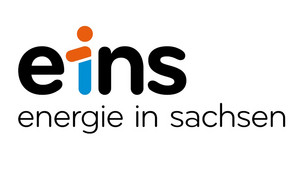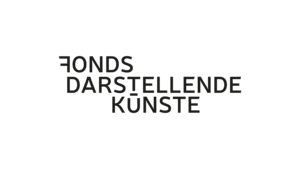Michael Sailstorfer: Fließgleichgewicht
Lichtenstein/Sa.
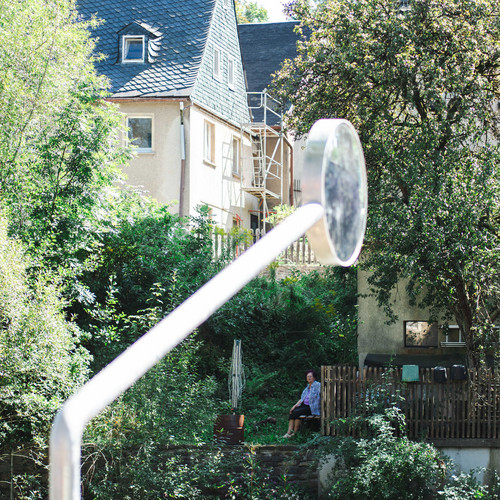
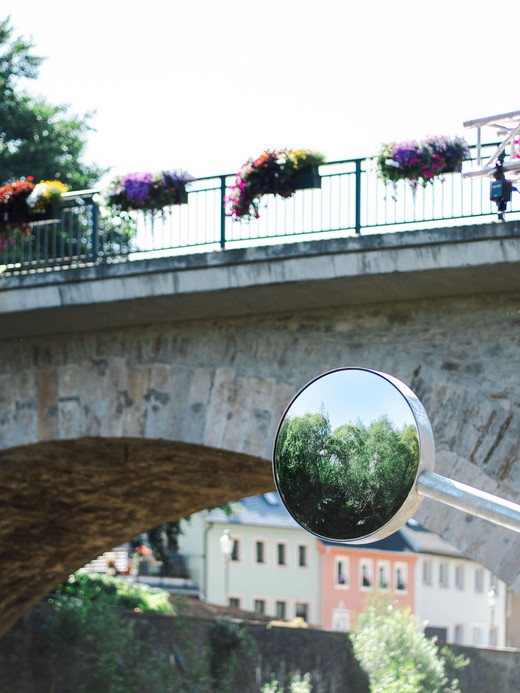
An angled steel tube holds a circular mirror with a diameter of one metre around 4.50 metres above the Zschopau river. Its convex surfaces reflect houses, trees, people, the sky and the flowing water. In the mirror image, the surroundings appear distorted and, depending on the viewing angle and light conditions, it offers a new perspective on the river and the cityscape, capturing the viewer's wandering gaze in the circle of the mirror. Sailstorfer’s work is entirely focussed on its location on the banks of the Zschopau and on optical phenomena. The reflections in the mirror capture the history of the old salt road that ran from Halle to Prague, as well as the history of the former motorcycle town, in a momentary glimpse.
The title of Fließgleichgewicht (dynamic equilibrium), chosen by sculptor and object artist Michael Sailstorfer, who was born in Velden in 1979 and now lives in Berlin, refers to the natural law that states that in a system, the same amount flows in as flows out. He applies this principle to the structure of the urban landscape. Sailstorfer’s sculpture was inspired by the side mirrors of the legendary motorcycle models produced by Zschopau motorcycle factory MZ until 2009, and which were exported worldwide. Even though motorcycles are no longer produced in the Zschopau assembly halls, the legend of MZ and examples of the models designed in the 1980s by Chemnitz designer Karl Clauss Dietel live on. The former motorcycle factory, now a listed building, was built around 1925 in the Neues Bauen (new building) style on the basis of designs by architect Willy Schönefeld, and now houses offices, small businesses, a museum and a bowling alley.
The perspective of Sailstorfer’s sculpture, situated diagonally below the old salt bridge, prompts the viewer to reflect on the history of the medieval salt road, the motorcycle engineering of Danish engineer Jørgen Skafte Rasmussen and his DKV brand from 1903 onwards, and the rise and fall of the MZ brand. And yet, Sailstorfer’s work Fließgleichgewicht also points to a bright future: the level of energy remains constant and everything that flows out eventually flows back in.
Michael Sailstorfer
Fließgleichgewicht
In Zschopau, bank of the river Zschopau
Material: Stainless steel, mirror glass
Size: 4.50 m, mirror diameter 1.0 m
Set up with the support of the town of Zschopau.
Address:
Gerbergasse, bank of the river Zschopau
09405 Zschopau
to the location on Google Maps

